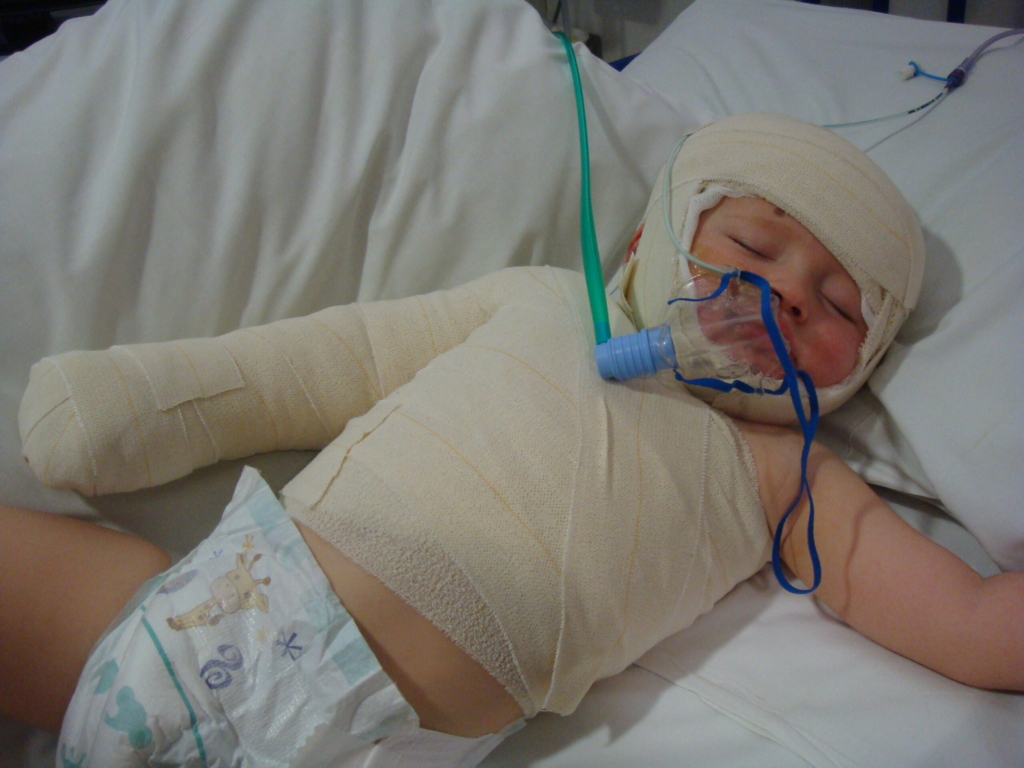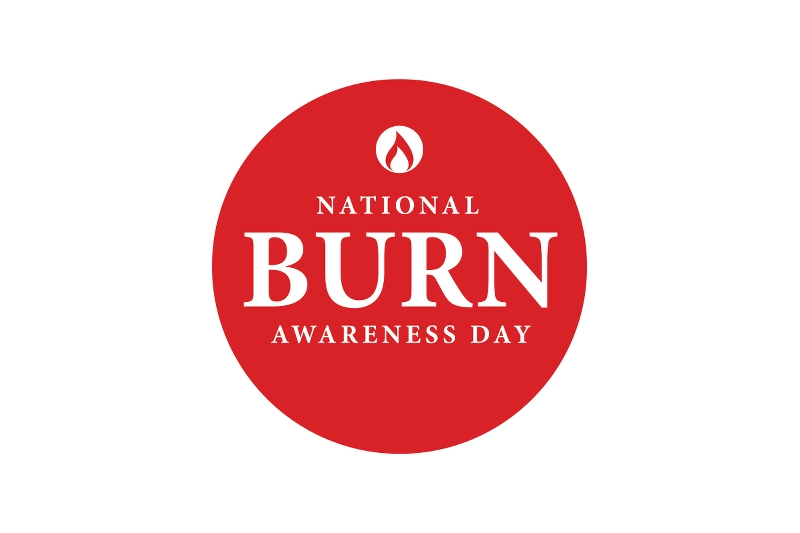An Overview of the Codes of Practice for Flammability Standards Developed for Fancy Dress Clothing
Children love wearing dress-up clothes; it encourages creativity by way of role play and supports their emotional development. Fancy dress clothes are evolving to meet today’s style of costume, with different fabrics and finish being used.
We know children are vulnerable when left playing without adult supervision, especially wearing such clothing that can burn if accidentally ignited by a naked flame or significant heat source.
Despite mandatory regulations in place to control fire performance in nightwear and toys, and labelling to make the consumer more aware of the dangers, the British Retail Consortium (BRC) is working with the British Standards Technical Committee to review the appropriateness of such testing protocols for fancy dress clothing.
The development of these revisions will take time so the BRC and its members have presented additional testing requirements while standards undergo this review.
What does this mean?
The BRC has introduced two voluntary Codes of Practice to further enhance the safety of children’s dress-up costumes:
- Method of Test for the Flammability Safety of Children’s Dress-Up,
- Additional Flammability Labelling of Children’s Dress-Up.
The two documents provide a huge amount of detail on these enhancements – but we’ve summarised them for you.
Smarter testing
The BRC recommends that materials are tested by fabric manufacturers at the very start of costume production. These tests can then be used to cross-reference any dress-up costume and fabric combination.
Terminology
Particular terms are to be better defined. Manufacturers then have a better understanding of what is meant by “narrow fabric” – such as ribbons or lace trim, “print” – heat transfers for e.g., and “did not ignite” – flame time vs fabric burnt.
Fabric Sampling
Key areas to note include how the fabric sample is tested. All fabrics are to be tested in both length and width (unless the material is being used in sleeves or for the upper body). Sleeves less than 160mm in length need not be tested.
Narrow fabrics, as defined above, need only be tested in the length. Fabrics used in capes are to be tested in both length and width directions; particular collars which are also to be tested in this way unless the fabric used features in such collars that project in an upwards direction.
Glitter printed fabrics are to be tested both before and after pre-treatment, materials that do not ignite are to be re-tested with cotton material. Dress-up costumes with zips are to be prepared with the fastening closed and central to the fabric specimen.
It’s pleasing to learn that all tests are to be done twice – in order for a fabric to pass requirements, both tests must be satisfactory – and for dress-up costumes that feature multi-layers, specimens from each layer are to be tested separately.
Test specimens, requirements and results
There is a significant focus on the fabric specimens and the size of the fabric, the features of the fabric – prints, appliques for e.g., any materials that do not ignite and narrow materials.
There are clear explanations to define the results of the testing, including results such as self-extinguishing, the rate of flame spread and materials that did not ignite.
The test report is to contain a high level of detail that not only references the test method and fabric or costume tested, but the direction of the test, whether additional cotton materials were present (i.e. materials that did not ignite) and where threads were severed against the rate of spread of flame.
What about labelling requirements?
Further labelling requirements have been outlined in addition to The Toy Safety Directive requirements.
Each element of a dress-up costume must have a permanent label, clearly visible to consumers, with the words “WARNING! KEEP AWAY FROM FIRE” in red letters, 10 point, uppercase – regardless of testing results.
This warning must also be visible on the packaging of the dress-up costume with additional wording such as “Keep away from lit candles and naked flames”; companies may choose to communicate that the garment has undergone additional safety testing for flammability if they have passed additional testing requirements. Online sellers or catalogues selling dress-up costumes must ensure these warnings are displayed to the consumer at time of purchase.
Our thoughts
As parents, professionals and carers, we know children’s welfare and safety come first. Together with The Royal Society for the Prevention of Accidents (RoSPA), The National Fire Chiefs Council (NFCC) and Bedfordshire Fire and Rescue Service (BLFRS), we fully endorse the two Codes of Practice presented by the BRC and its members.
We agree that it is necessary to go above and beyond the current testing standard to ensure the safety of our children; we appreciate that retailers are also going further to ensure the dress-up products they sell are safe and legal.
Tweet us @CBTofficial to share your thoughts.
Related content

Donate to us

Campaigns
